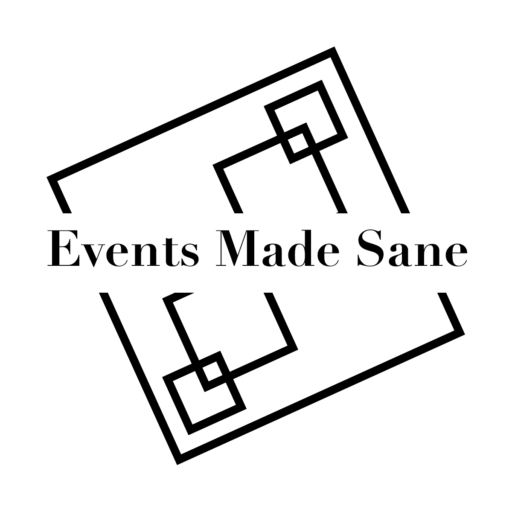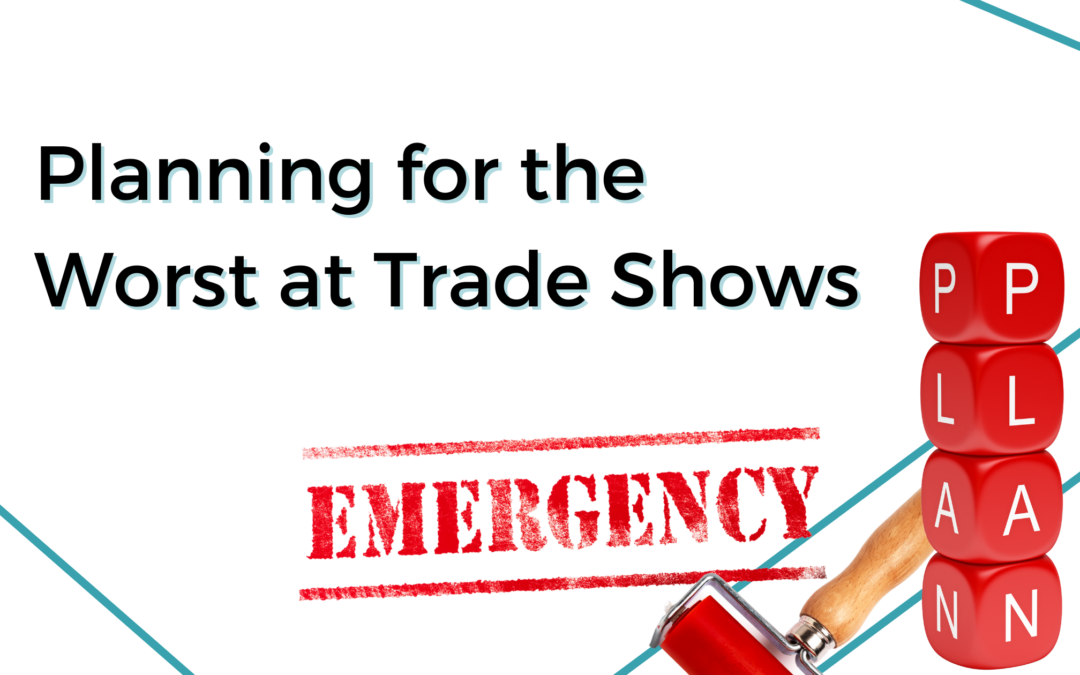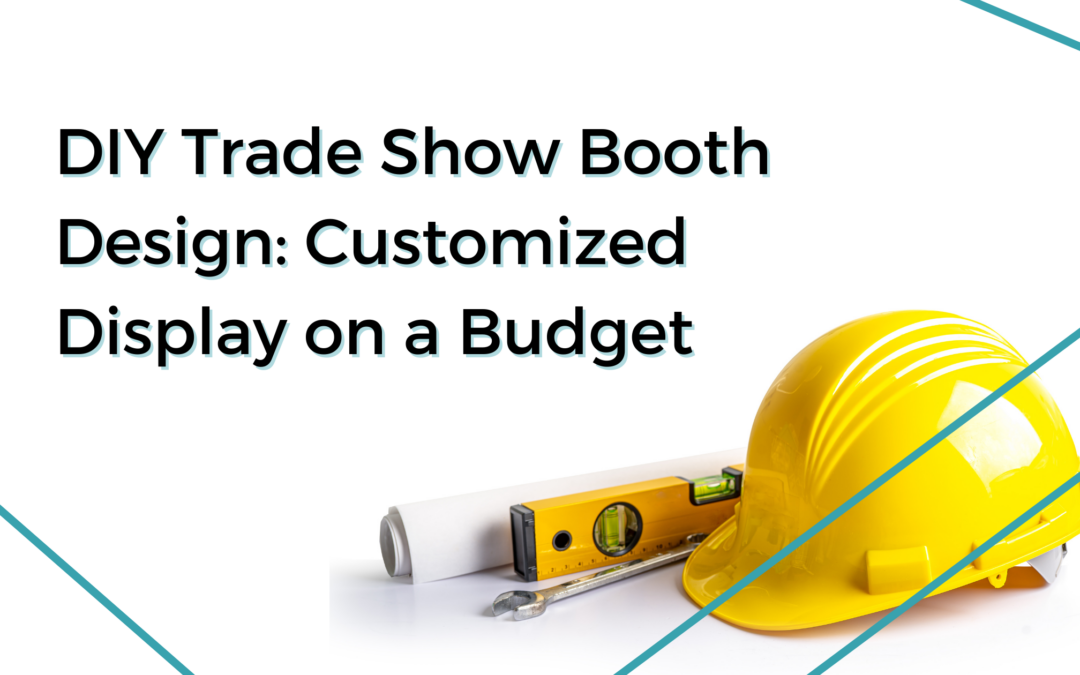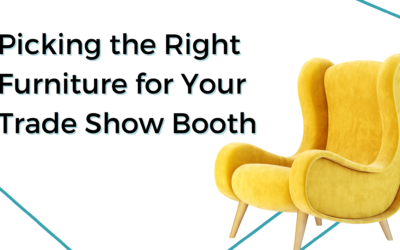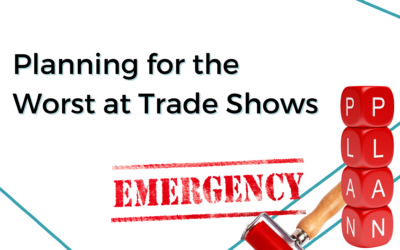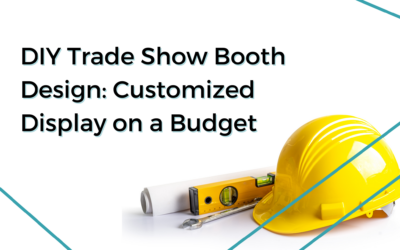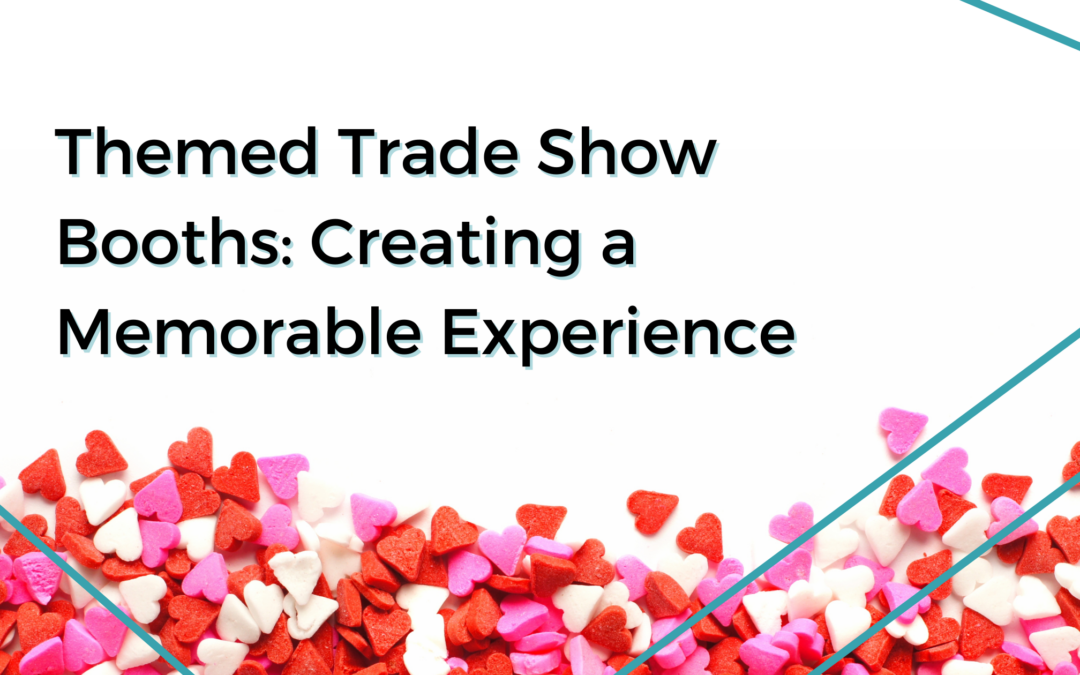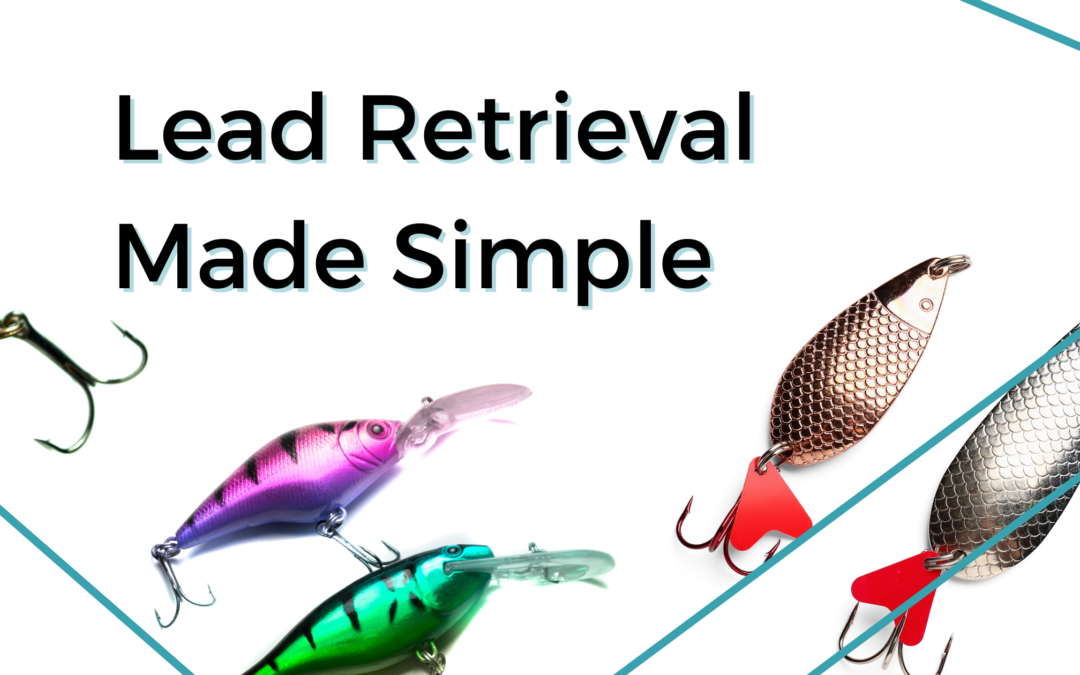Attending a trade show is an exciting opportunity to showcase your brand, connect with potential customers, and network with industry peers. However, creating a booth that stands out from the crowd requires more than flashy graphics and catchy slogans. The right furniture can significantly enhance the functionality and appeal of your booth, ensuring that visitors feel comfortable, engaged, and impressed by your presentation.
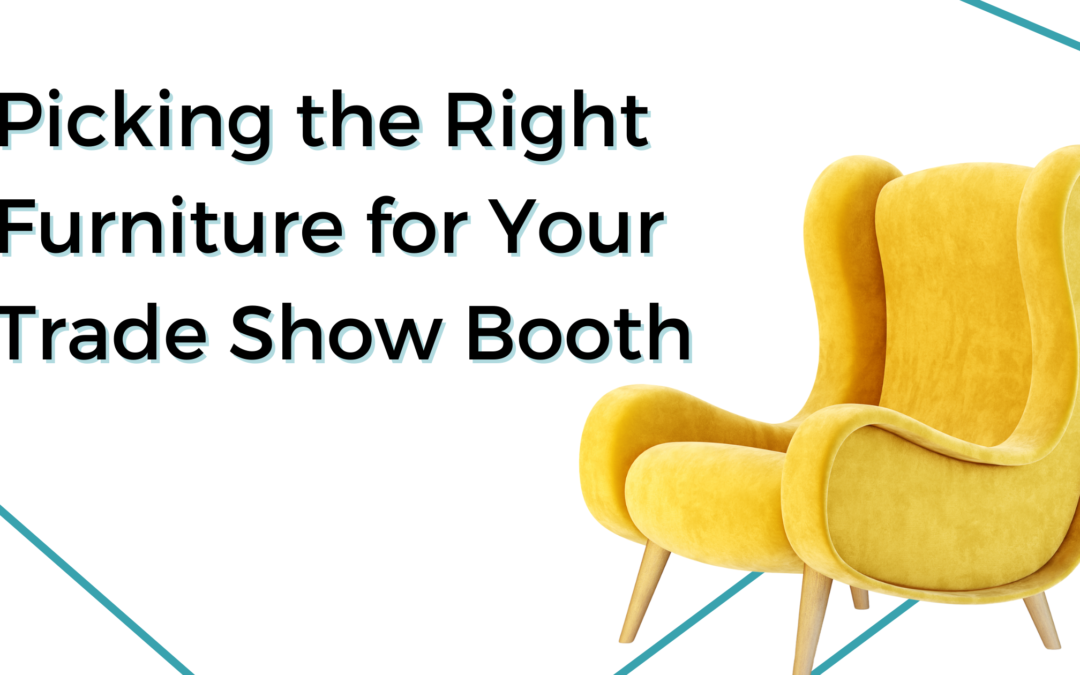
Picking the Right Furniture for Your Trade Show Booth
Attending a trade show is an exciting opportunity to showcase your brand, connect with potential customers, and network with industry peers. However, creating a booth that stands out from the crowd requires more than flashy graphics and catchy slogans. Picking the right furniture can significantly enhance the functionality and appeal of your booth, ensuring that visitors feel comfortable, engaged, and impressed by your presentation.
Here’s how to pick the best furniture for your trade show booth.
Define Your Booth’s Purpose
The type of furniture you need depends on your booth’s purpose. Ask yourself:
– Will you be showcasing products or services?
– Are you focusing on face-to-face interactions or presentations?
– Do you want visitors to linger and interact, or are you aiming for quick exchanges?
For example, if your goal is to demonstrate products, display stands or shelving units might be essential. If you’re prioritizing conversations, seating arrangements such as lounge chairs or bar stools paired with high tables can create a more inviting atmosphere.
A quick note about seating is to make sure that your booth staff knows that it is no their to act as a desk for them to work from. The furniture is there for your booth guests. (Read about my Love/Hate Relationship with Chairs)
Optimize for Comfort and Functionality
Comfortable and functional furniture can make a big difference in how visitors perceive your booth. Attendees spend hours walking around trade show floors, so providing seating options can make your space a welcome retreat. Consider these tips:
– Chairs and Stools: Choose ergonomic options that balance comfort with aesthetics. Bar stools can create a modern and open feel, while lounge chairs provide a more relaxed vibe.
– Tables: Ensure you have surfaces for brochures, business cards, and interactive materials. High tables encourage standing interactions, while low tables work well in a lounge setup.
– Storage: Select furniture with built-in storage to keep the booth organized and clutter-free.
One note on comfy furniture is that you don’t want it too comfortable. You do not want people to linger longer than the needed conversations. You also don’t want random people sitting and enjoying it. So keeping the comfortable items towards the inner part of your booth will keep them out.
Align with Your Brand Aesthetic
Furniture should complement your brand. Sleek, minimalist designs might suit a tech company, while warm, wooden tones could work for a lifestyle brand. Use colors, materials, and shapes that align with your company’s logo and overall branding to create a cohesive and professional look. Customized accessories such as pillows or stool covers allow you to bring in your brand while renting from the trade show.
Prioritize Portability and Flexibility
Trade show furniture needs to be easy to transport, assemble, and disassemble. Lightweight, modular pieces are ideal for quick setup and takedown. Folding chairs, collapsible tables, and stackable stools are practical choices.
Take a moment to look at the cost of owning items versus renting them when planning. Consider the initial investment, storage cost, upkeep, and shipping costs in this analysis. Another option is to purchase furniture for each event and then find someone to donate the items to for out of town events.
The right furniture can elevate your trade show booth, creating a functional and appealing environment that draws visitors in and leaves a lasting impression. By focusing on purpose, comfort, brand alignment, and practicality, you can design a booth that not only attracts attention but also supports your trade show goals.
